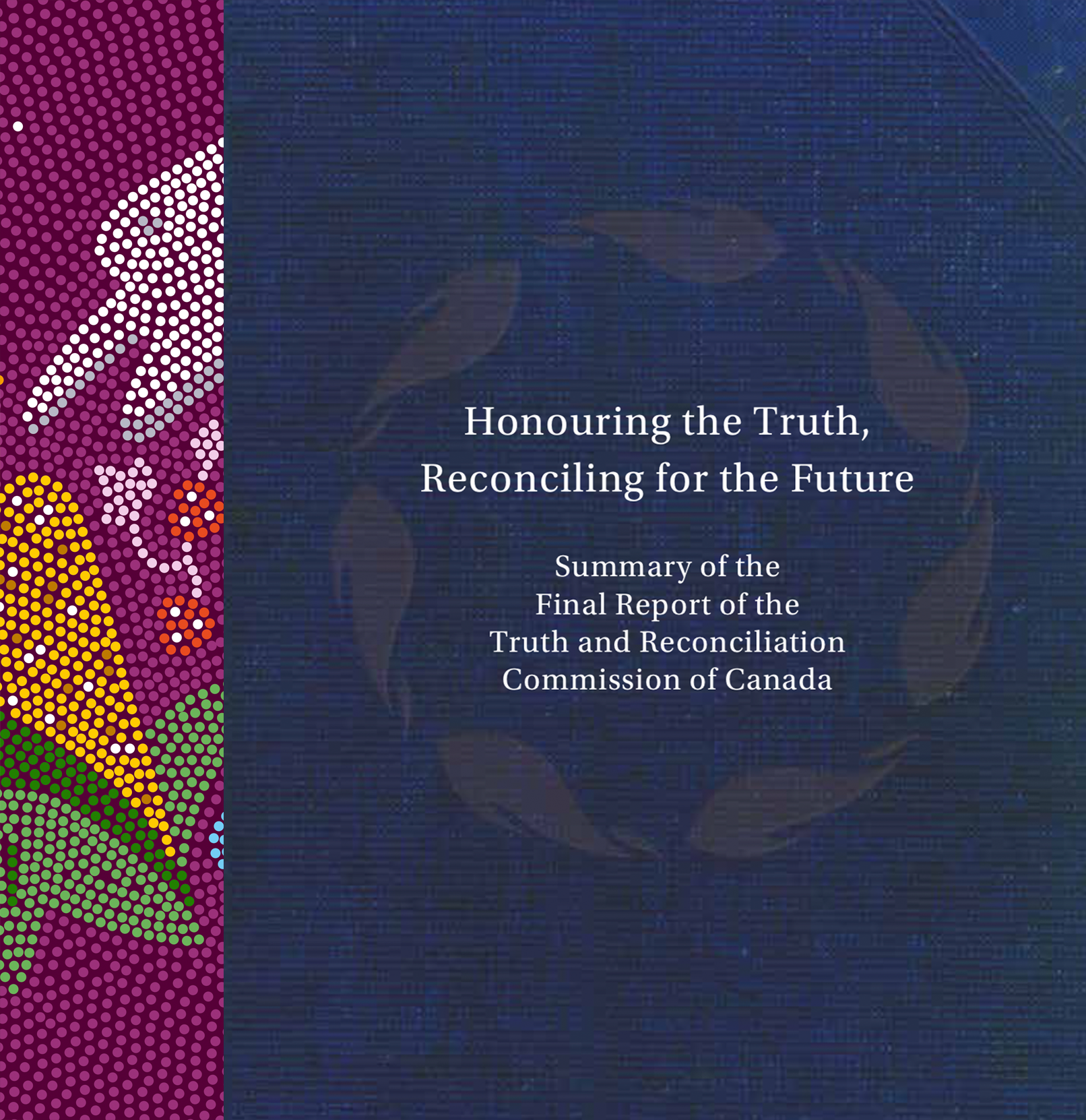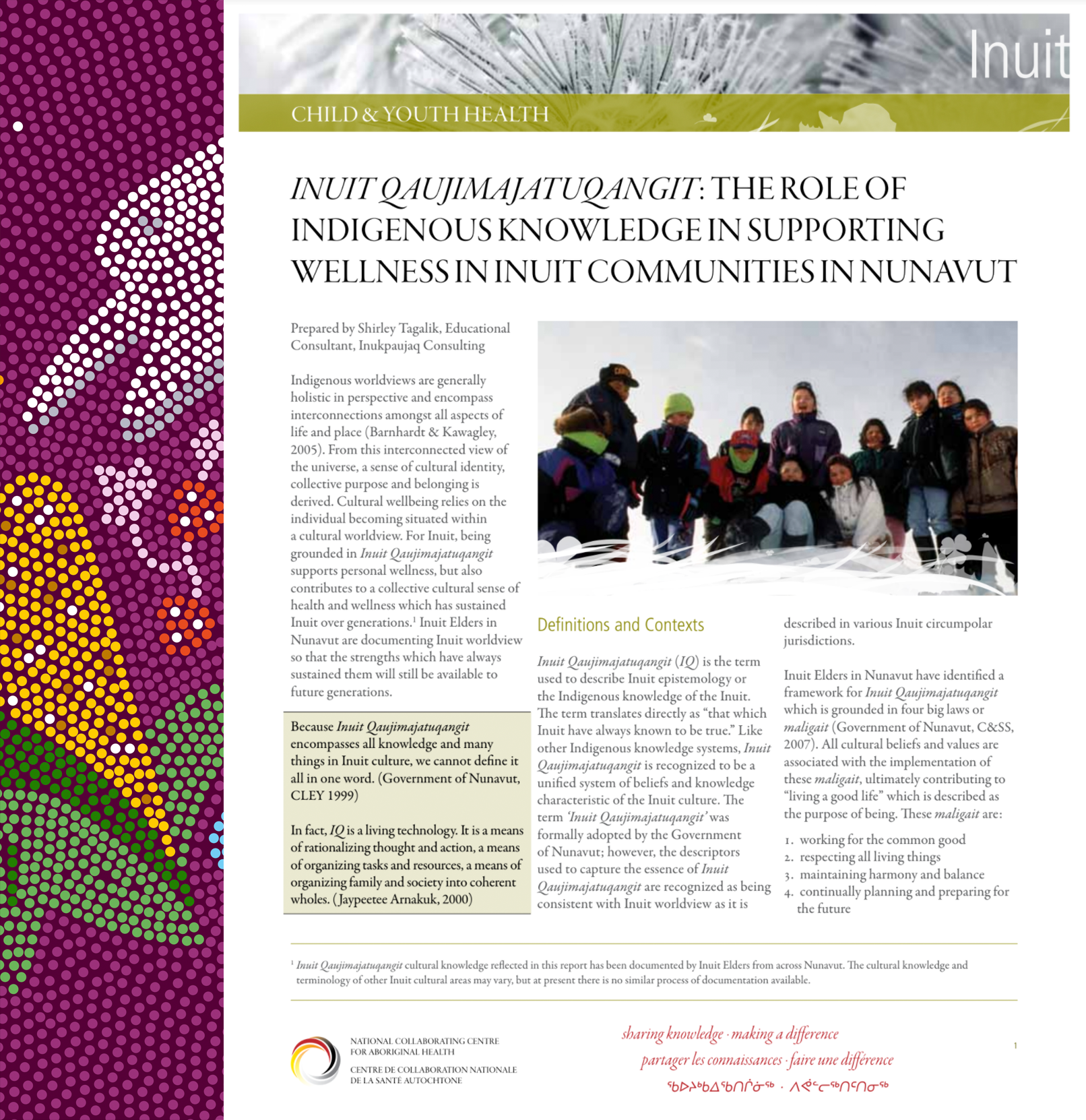Source: Truth and Reconciliation Commission of Canada
Year: 2015
Canada’s residential school system for Aboriginal children was an education system in name only for much of its existence. These residential schools were created for the purpose of separating Aboriginal children from their families, in order to minimize and weaken family ties and cultural linkages, and to indoctrinate children into a new culture—the culture of the legally dominant Euro-Christian Canadian society, led by Canada’s first prime minister, Sir John A. Macdonald. The schools were in existence for well over 100 years, and many successive generations of children from the same communities and families endured the experience of them. That experience was hidden for most of Canada’s history, until survivors of the system were finally able to find the strength, courage, and support to bring their experiences to light in several thousand court cases that ultimately led to the largest class-action lawsuit in Canada’s history.












